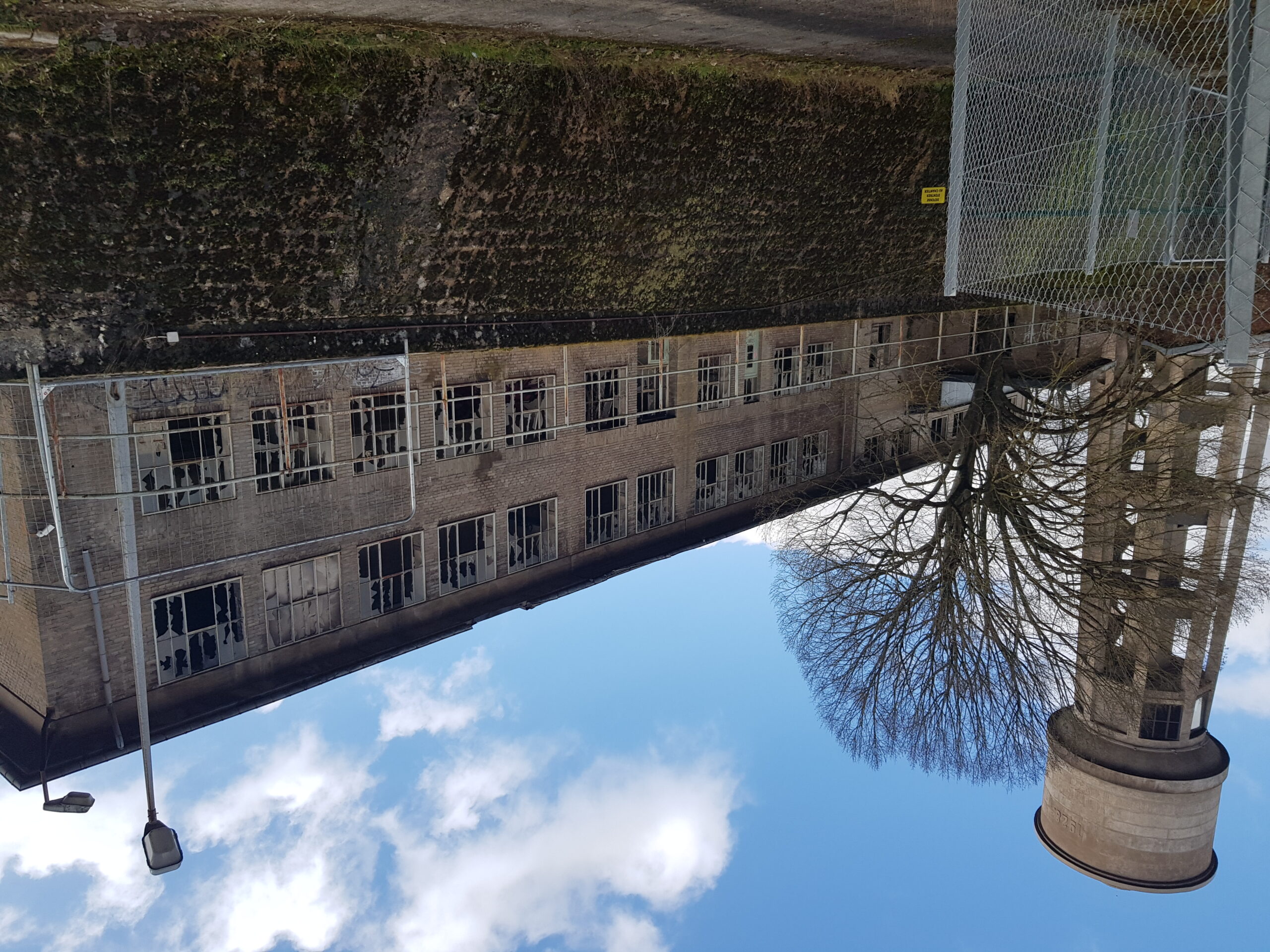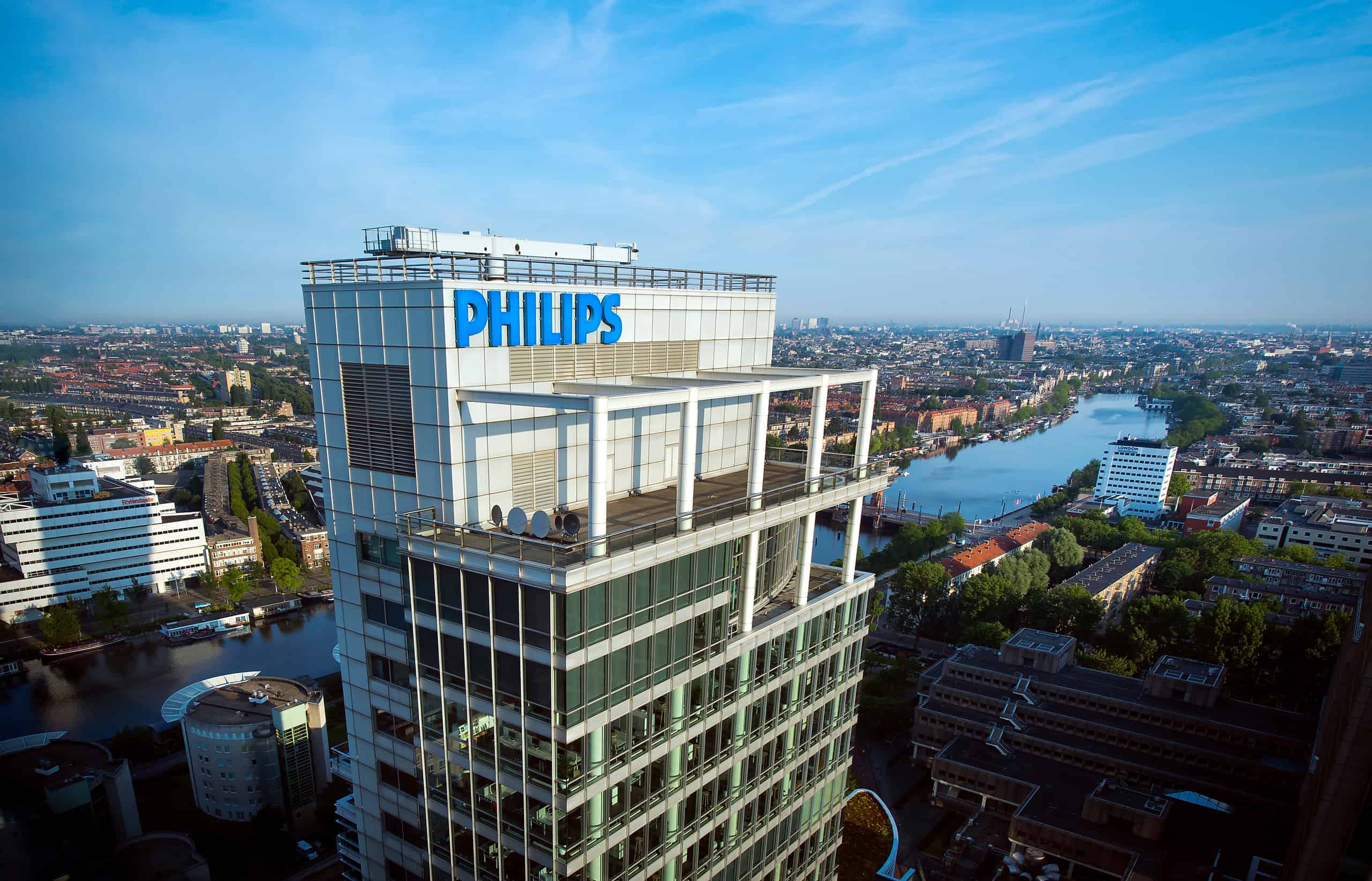
About Decarbonizing Europe
What does the Recovery and Resilience Facility entail?
The European Commission has made available an amount of 723.8 billion euros
to combat the consequences of the corona crisis and make Europe greener, cleaner, and future-proof. All member states have the opportunity to submit plans for disbursement from this Recovery and Resilience Facility.
Who is participating in the Recovery and Resilience Facility?
All the member states of the European Union. All member states? No, The Netherlands has not submitted plans as yet. Although, it became public knowledge at the end of January that hard work is going on behind the scenes in the Netherlands to secure some of those European billions.
What do the member states have to spend the money on?
At least 37 percent of the funding should be used for making their countries more sustainable and 20 percent for digitalization. In addition, there are also other key points:
– Smart, sustainable and inclusive growth
– Social and territorial cohesion
– Public health, economic, social, and institutional resilience
– Policy for future generations
What else is happening?
Apart from that, the EC has identified several so-called flagship areas:
– Power up
– Renovate
– Recharge and Refuel
– Connect
– Modernise
– Scale-up
– Reskill and upskill
What is Innovation Origins planning to do?
Over the next few months, we will be focusing on the implementation of these plans. We will be outlining what each country is doing to reduce CO₂ emissions, and we will be reporting on innovative projects. Infographics will allow you to compare the member states’ efforts with each other.
A crisis like the corona pandemic calls for decisive measures. The EU has freed up €723.8 billion in an effort to use the Recovery and Resilience Facility (RRF) to pull the European economy out of the recession caused by corona. In order to qualify for a share of this large bag of money, member states must submit a plan to the European Commission. In the series Decarbonizing Europe, we put those plans under a magnifying glass.
Within the EU scenario, Luxembourg is one of its kind. Its extension and geographical location make it a transit country as well as a strategic area for businesses. These factors are also what weigh on its emissions assessment, as the Grand Duchy has the highest rate of greenhouse gas emitted per capita. Half of these come from transport, including, in particular, those from vehicles registered outside of Luxembourg.
Lower fuel prices attract drivers from bordering countries to come over and fuel their vehicles; ‘fuel tourism’ represents two-thirds of transport-related emissions. As much as 7 out of 10 vehicles that stop and refuel at Luxembourg’s petrol stations come from abroad.
Visiting a gas station close to the border confirms the picture painted by data. In the southern city of Dudelange, a non-stop flow of French cars crosses the border to take advantage of cheaper fuel. Although the Luxembourg government introduced higher taxes from January 2021 – with year-by-year rises in prices – the situation hasn’t changed much. “It is still very convenient for us,” comments a French motorist – who prefers to stay anonymous – while fuelling his car.
“Many logistic companies are based here thanks to the lower taxes, which in turn makes the freight airport here more attractive. Goods that arrive here via freight aircraft are put on trucks – tanked up with cheap fuel – to travel all over the Union,” explains Claudia Hitaj. She’s a researcher on energy and environment at the Luxembourg Institute of Science and Technology (LIST).
The car is still the go-to option

Luxembourg also tops another ranking. It holds the highest figure for the most passenger cars per thousand inhabitants – 681 in 2019. “Being a very wealthy country is not the only reason behind this number. Sometimes, the car is the only option to get to work,” Hitaj notes.
Work commuters live in rural areas or come from bordering countries. Traveling by train from Belgium to Luxembourg City – with an intercity train leaving from Liège – means stopping at several stations along the way, making it inconvenient for a daily commuter.
Thomas Gibon is also a researcher at LIST. “Last year, while we were tracking carbon footprints, we discovered that half of the employees live in small villages either not covered by public transport or that required three connections to get to work. Furthermore, there is a lack of coordination with France and Germany.”
Since 1990, Luxembourg’s population has grown exponentially – from 381,000 to 630,000 today. This process is still ongoing, as there are construction works everywhere which involve railways, roads, and buildings. As a result, more people have moved to rural areas. “The more densely populated people are located, the more efficient public transport ought to be”, Hitaj adds.
Making public transport free
In an effort to discourage the use of cars, Luxembourg made public transport free back in March 2020 – with the exception of the 1st class in trains.
Hitaj: “It made a big splash, but I don’t think it had such a large impact on reducing car use. Depending on where you live, people still use cars because public transport takes too long. The positive effects are more distributional, as those who don’t own a car can ge around for free, and it’s good for tourists too.”
NextGeneration EU
The corona crisis is one of the biggest challenges of our time. The European Union, through NextGenerationEU – the largest recovery plan ever at €806.9 billion – aims to help its member states emerge stronger from the crisis. The Recovery and Resilience Facility (RRF) is at the heart of this plan (€723.8 billion).
The RRF has two goals: first, to pull the European economy out of the recession caused by the corona pandemic. At the same time, it is designed to give an impetus to important investments for the future and measures for rolling out reforms.
All 27 member states have submitted plans. Whether all the money is actually disbursed depends on a final assessment of the projects. For example, countries must spend at least 37 percent of their budgets on climate action and 20 percent on digitalization.
Greener mobility
The European Commission gave Luxembourg 93 million euros through the Recovery and Resilience Fund. In the plan, the highest investment is geared towards charging infrastructure – €30 million. In its national pact for energy and climate, Luxembourg envisions electromobility to be at a level of 49% by 2030. In achieving this goal, the cabinet acknowledges the lack of charging stations, which are thus being financed through this scheme. These will be both public and non-public charging points. The rest of the RRF’s money is for digitalizing public administration, improving the healthcare system, and creating a zero-emissions district in a former industrial area, to name a few of the 20 different projects.
“Electrification is the main goal in the short term, given that the national hydrogen plan will need more time to be worked out in detail,” says Gibon. Outside of the recovery plan, the Grand-Duchy is working on alternatives to road commuting, as underlined by Gibon. “In terms of mobility, by 2028 a new tram line will connect Esch-sur-Alzette and Luxembourg City. Next to it, a bike highway will also be built. These projects are inspiring and will also help people who currently drive everywhere to use more sustainable ways of commuting.”

Hydrogen will come a long way
Apart from mobility, industry also contributes to the emissions statistics. “Luxembourg is an important exporter of emissions too. Steel, tires, and other energy-intensive products are some of the main drivers when it comes to exports. In addition to that, there’s an aluminum smelter – in Clerveaux, north of the country – and that also has an impact as far as CO2 emissions are concerned,” explains Gibon.
Also interesting: From brown coal to hydrogen country: Germany has a long way to go
The steel industry is still important for Luxembourg’s economy. Plants are now being powered by electricity. In the future, to preserve such a prominent part of the economy, they could be hydrogen-powered, as suggested by the two researchers.
Sustainable growth
As Luxembourg keeps growing, the climate-friendly transition is becoming more and more pressing. “The most important decision that we can take now is to direct where that growth happens,” states Hitaj. “At the moment, growth is happening in a sprawled manner as smaller municipalities are growing. Developing an efficient public transport system of the future will be harder if this urban sprawl continues. It also requires coordination on a national level, given that communities receive more money if they have more taxpayers.”
In this regard, overhauling obsolete industrial facilities can be a key way to reduce land use. The steel industry is both the past and the present of Luxembourg. One way that the country can keep this legacy alive is by reusing these areas to fulfil new needs. In the Belvaux area, the old facilities of a steel factory make up part of the university.
Read more: Carbon neutral by 2050 – Luxembourg seeks a model for the Grande Région
The same principle is being followed in one of the projects within the Luxembourg recovery plan. Cas Eindhoven point, the second-largest investment is aimed at developing an energy concept for powering a zero-emission district in the former industrial area of Dudelange. The area will offer affordable housing, as the country’s growth also led to a rise in house prices.
Considering that the European Union plans to reduce emissions by 43 percent by 2030 – in comparison to the figures for 2005 – Luxembourg has to take up this the challenge as well.
Support us!
Innovation Origins is an independent news platform that has an unconventional revenue model. We are sponsored by companies that support our mission: to spread the story of innovation. Read more.
At Innovation Origins, you can always read our articles for free. We want to keep it that way. Have you enjoyed our articles so much that you want support our mission? Then use the button below:


